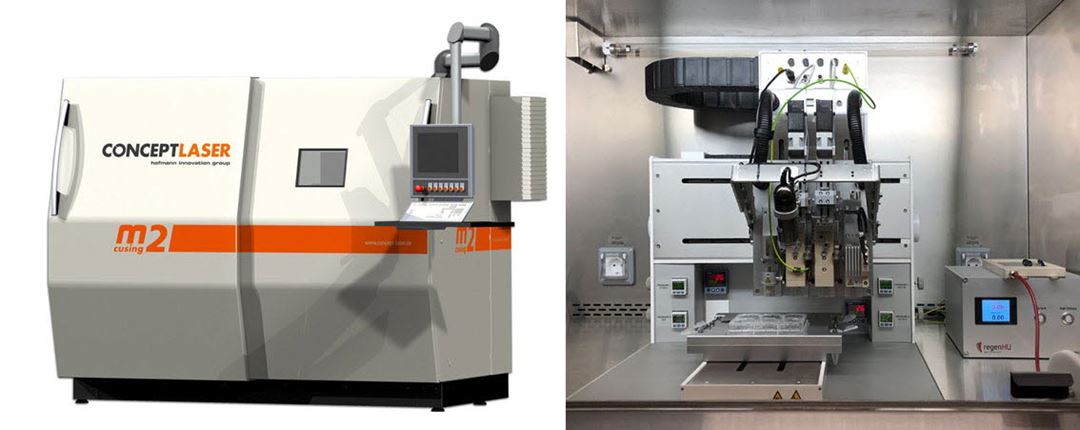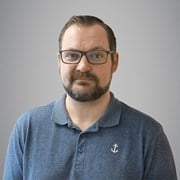SINTEF has practical experience with the most common additive manufacturing (AM) processes for metals and plastics.
SINTEF, often in partnership with NTNU, has machines for R&D purposes, as well as some industrial machines.
In addition, SINTEF has experience with other machines and processes from projects with partners in Norway and abroad. SINTEF also has a good overview of development trends.
SINTEF's expertise in additive manufacturing processes and machines includes:
- Hybrid processes, in particular production cells or machines that combine additive manufacturing and subtractive macnufacturing (machining).
- Establishing and optimizing process parameters for "new" materials: By "new" we mean metal alloys or plastic types that are not established for AM. An important part of this is the chemical and physical characterization of the starting material (e.g. in the form of powder), with regard to achieving a stable and repeatable AM process. Often we follow the entire chain from the feedstock (e.g. a powder), through the AM process and the microstructure development, to the properties of the final component.
- Post-processing of components (i.e. after the AM process): Post-processing is important for metals (and also for some types of plastics). For metals, the post-processing is partly machining (to get the right surface finish and the right tolerances) and partly temperature/pressure treatment to get the right microstructure, and to reduce the porosity and microcracks from the AM process.

SINTEF's contact persons regarding AM processes and machines:
- Metals: Vegard Brøtan, Klas Magnus Boivie, Olav Åsebø Berg, Amin Shahrestani Azar, Rune Østhus
- Plastics (polymer materials), rubber and composites: Erik Andreassen, Benjamin Alcock
- Ceramic materials: Marie-Laure Fontaine, Carlos Adolfo Grande
- Bioprinting: Hanne Haslene-Hox, Øystein Arlov

